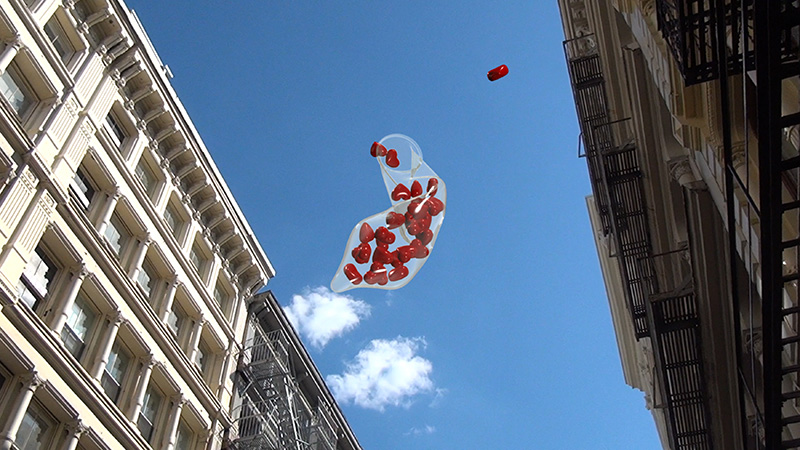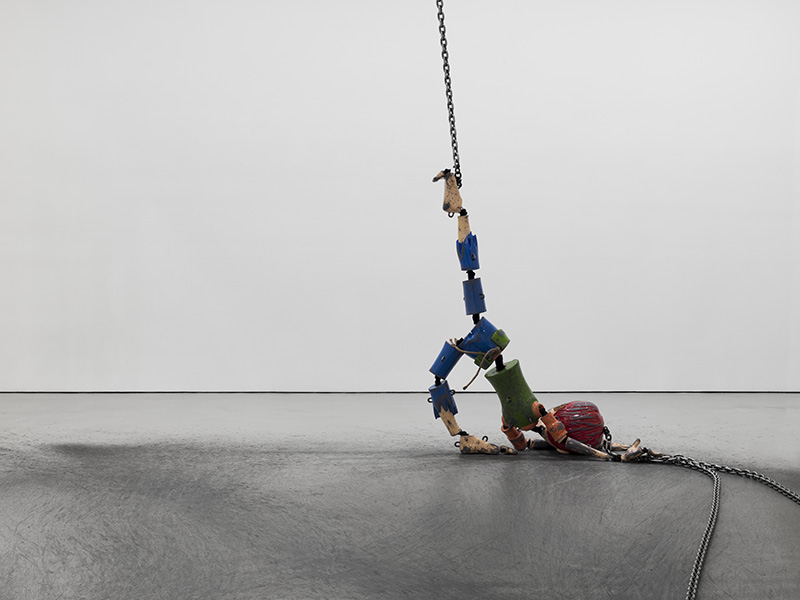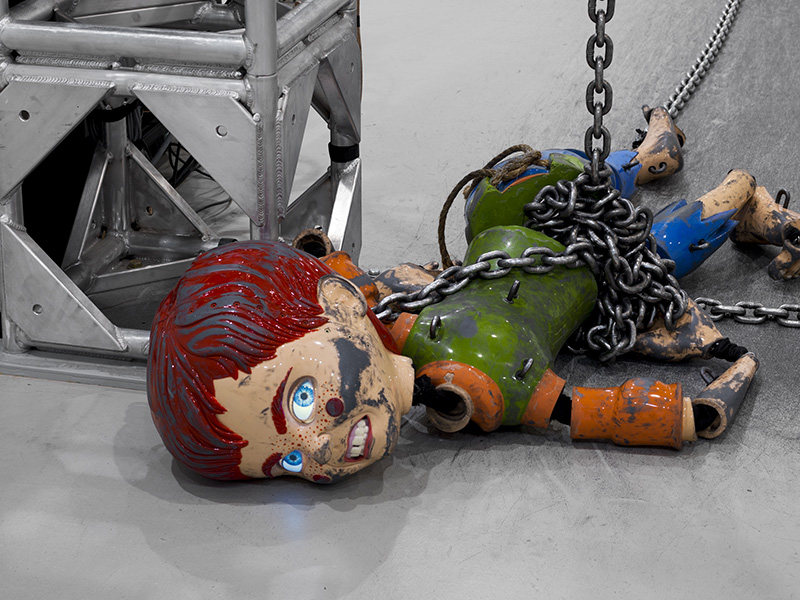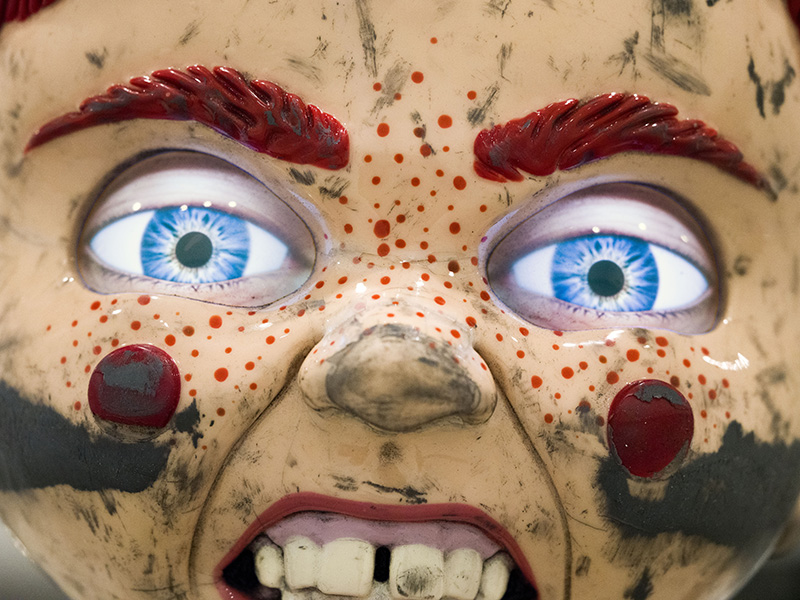ART-PRESENTATION: Jordan Wolfson-MANIC/LOVE
 Jordan Wolfson belongs to the post-Internet generation: artists who reflect upon the increasing digitalization of society and developments in genetics, robotics, and cybernetics. The artist borrows intuitively from the world of advertising, the Internet, and the technology industry, producing ambitious, enigmatic narratives. With this, he creates idiosyncratic content often featuring a series of fictitious animated characters.
Jordan Wolfson belongs to the post-Internet generation: artists who reflect upon the increasing digitalization of society and developments in genetics, robotics, and cybernetics. The artist borrows intuitively from the world of advertising, the Internet, and the technology industry, producing ambitious, enigmatic narratives. With this, he creates idiosyncratic content often featuring a series of fictitious animated characters.
By Dimitris Lempesis
Photo: Stedelijk Museum Archive
Jordan Wolfsons first solo exhibition is on presentation at Stedelijk Museum in Amsterdam unfolds in two parts both of which focus on his animatronic sculptures. “MANIC / LOVE” is the first part of the exhibition, focuses in “Colored sculpture” (2016) and featureς animated videos and digital paintings. “Colored sculpture” (2016) is a discomfiting work laden with paradox, its red hair, freckles, and boyish look draws associations to such literary and pop cultural characters as Huckleberry Finn, the pioneer in children’s television programming Howdy Doody and Alfred E. Neuman from Mad magazine. The sculpture dangles from heavy chains attached to a steel gantry, his movements are controlled by a computer program. As they perform a rhythmical dance, the chains force the boy into a sequence of poses. But the balletic choreography is short-lived, before long, it degenerates into a danse macabre. The marionette’s eyes conceal facial recognition technology, which it uses to track the viewer’s gaze and make attempts to establish contact. Yet the boy cannot escape the computer’s manipulations and is subjected to punishments that are felt on an almost visceral level. Two Wolfson’s animated videos combine layers of traditionally shot and computer-generated footage that glide over each other. In “Raspberry Poser” (2012) an animated HIV virus bounds merrily through Manhattan’s high-end shopping district. Joined by a condom and a medley of red blood cells, it mutates into well-known icons such as the anarchy symbol and the triangle logo of ACT UP, an AIDS advocacy group, Wolfson himself appears in a live-action scene, cast in the role of an archetypal punk. Further images showing the smooth interiors of luxury lifestyle stores reflect the extent to which the area has changed in thirty years. For Wolfson though, these relations are only perceptible as texture, what he has described as the indifferent “Mechanics” of the HIV virus, against the “Surreal dream state” of the contrived environments of contemporary SoHo. In “The Crisis” (2004), a young Wolfson wanders like a tourist through a medieval church. Gesticulating excitedly, he talks about the process of making art in the shadow of the contemporary art greats. Also included in the exhibition are Wolfson’s wall-mounted digital objects, pristinely fabricated montages that are an integral element of Wolfson’s artistic process. These works represent snap shots into his mind’s eye thinking wherein they directly harness and focus the language, transgressions and intention that occurs within the elaborate video animations and large scale figurative sculptures.
Info: Curators: Beatrix Ruf and Martijn van Nieuwenhuyzen, Stedelijk Museum Amsterdam, Museumplein 10, Amsterdam, Duration: 27/11/16-29/1/17, Days & Hours: Mon-Thu & Sat-Sun 10:00-18:00, Fri 10:00-22:00, www.stedelijk.nl



